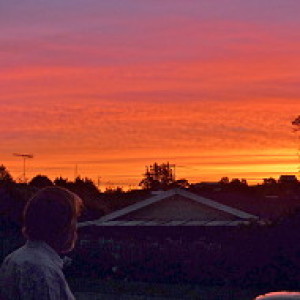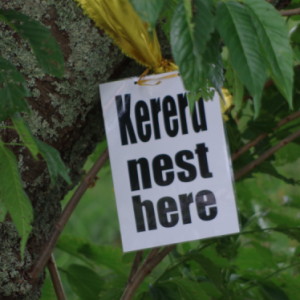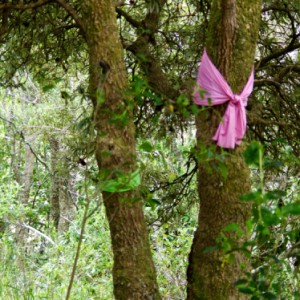Food aplenty on Owairaka
One of Auckland's volcanic cones has become the centre of a dispute. British settlers named this cone Mount Albert after Queen Victoria's consort. The best known Maori name for it is Owairaka, but there were other names which referenced Rakataura, the leading Tohunga (spiritual leader) on the Tainui waka (canoe which brought Tainui to Aotearoa (New Zealand). T Ahi ka roa a Raka (which translates as "the long-burning fire of Rakataura".
Quite recently control over the management of the various volcanic cones was returned to the appropriate Iwi (tribal groups). The cones remain public (or common) land. During the colonial days, many non-native trees were planted, including on Owairaka, Some of the trees are still alive and are old in a relatively young city. But they are not native trees.
The Iwi leaders want to replace them with native trees. As can be seen by looking at the two extras, the proposal to fell the old trees over this summer is meeting with resistance. I didn't see any Kereru (wood pigeon), not surprising given the time of day I was there. I believe that the coloured sashes on the trees indicate that there are occupied nests in those trees.
Partly the opposition is because birds are nesting at present. Mostly native birds, as they don't discriminate between trees except insofar as they provide food and/or shelter. Not only will felling the trees reduce the carbon sink of Owairaka, it will destroy many nests.
I walked to the top of Owairaka, and around the caldera rim, and briefly down into one of the old craters. I heard many birds, mostly natives, although thrush, skylark and starling were seen, as were a grey warbler, many tui, and my blip for today (a wee Tauhou, or silvereye). The trees are full of birds, and two at least of the birds I saw and tried to get photos of, were juveniles.
I saw and heard many of the protesters who were in some of the glades enjoying being with the trees, and hearing the birds. At the entrance to the Domain is a small camp of one and two person tents, as well as a larger tent where the protestors sat and were available to talk and discuss the issues.
They intend to stay until all the tees are safe.
As there many native shrubs and trees growing beneath the protection of the larger trees (which are mostly non-native), it seems to me that a longer term strategy of encouraging the nursery aspect of older forests would make much more sense.



Comments
Sign in or get an account to comment.


